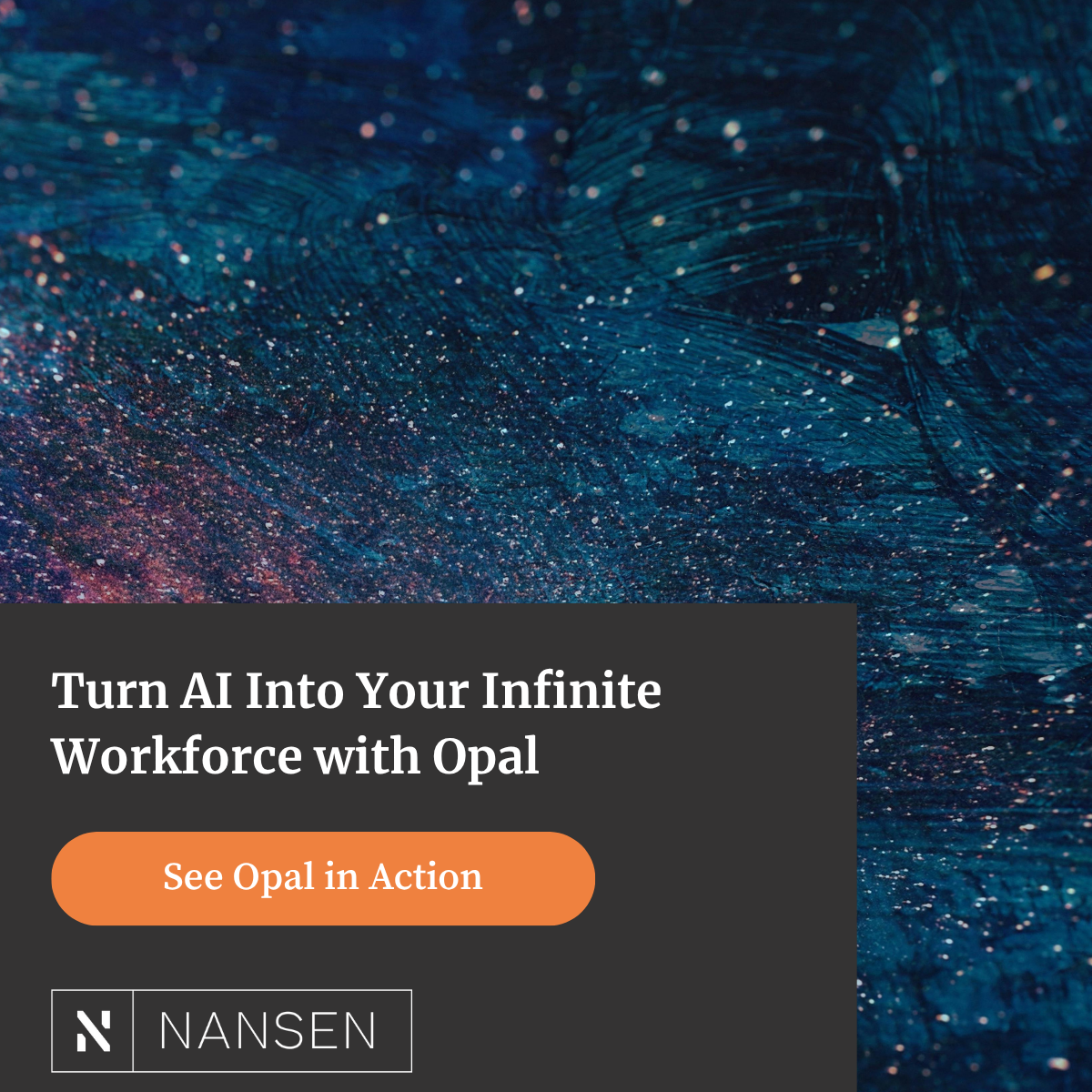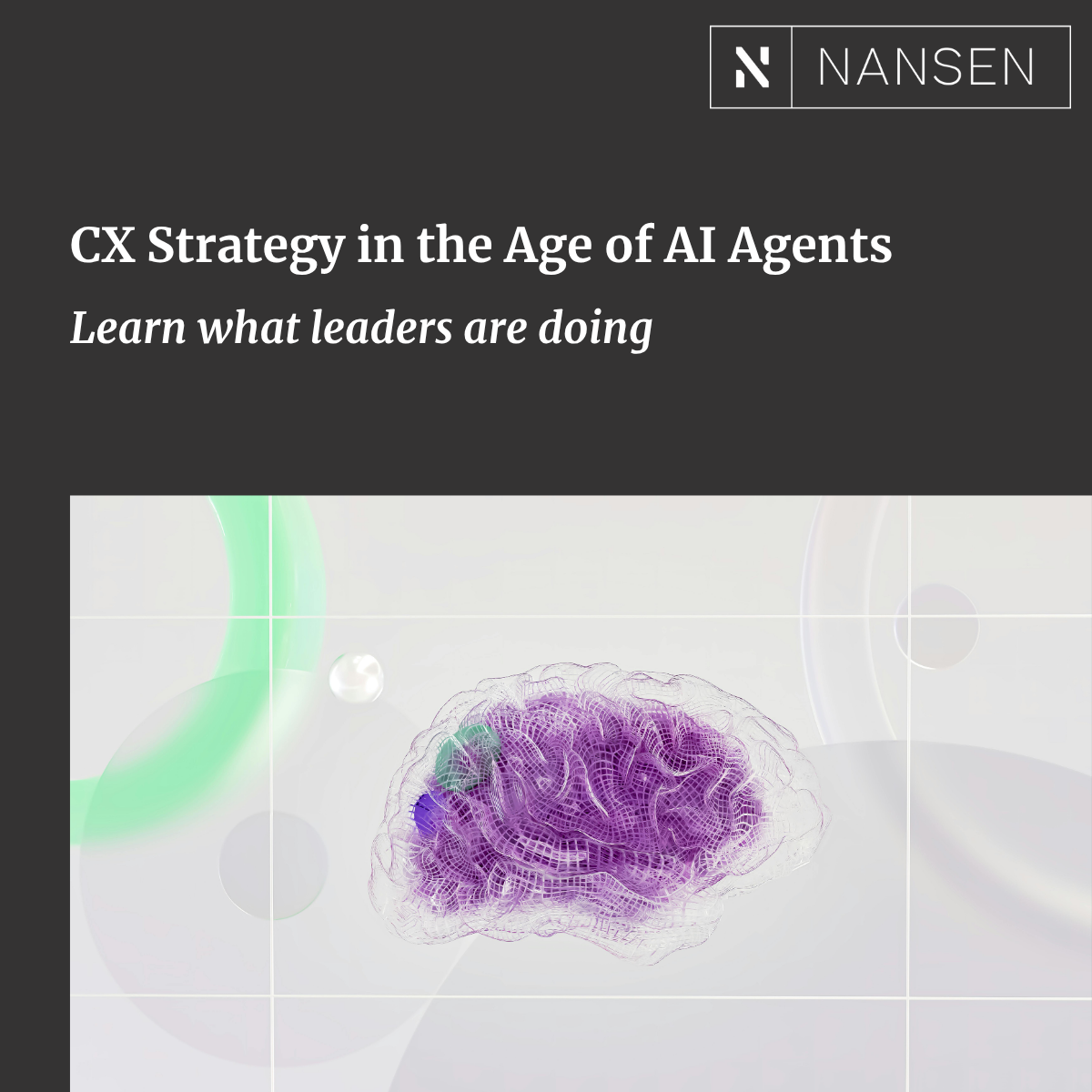Accelerating an ongoing shift in the business-to-business (B2B) marketplace, the coronavirus pandemic has elevated the role of e-commerce platforms for B2B sellers—and the importance of personalization to the success of those platforms.
Several recent surveys of B2B buyers and sellers point to a growing focus on website personalization, and for good reason. From recommended items to predictive ordering, personalization features make B2B buyers’ lives easier by dramatically simplifying the purchase process. According to a recent Episerver survey of 600 B2B executives from six countries, 46% of B2B buyers say they are getting a better user experience when content is personalized, and 42% say that personalization shows that a company cares about their experience.
For B2B sellers, delivering a seamless and robust user experience for online customers is key to differentiation in an increasingly competitive digital landscape. While 95% of B2B executives surveyed by Episerver believe that they’ve invested enough in the digital customer experience, they say that personalization is the top area they still need to work on. These executives clearly understand what sways potential customers; Sapio Research reports that 19% of B2B buyers say they’d select a vendor based on a personalized online buying experience.
For companies with B2B e-commerce platforms, dedicating resources, and budget to website personalization is a worthy investment, one that can quickly and notably improve both brand reputation and sales. And while there are myriad ways to personalize a digital B2B customer experience, the following seven strategies are must-haves for any e-commerce platform.
Multiple tiered accounts
The most basic and essential step in introducing personalization to your B2B e-commerce platform is enabling your customers to log into the site with a dedicated account. By knowing who a particular user is, your website or app can present them with a more meaningful experience: greeting them by name, welcoming them back, and offering them tailored options based on their history (more on those options below).
For B2B buyers, having a corporate account with multiple user role options means that they can more easily navigate your platform based on their place in the hierarchy of their own company. For example, a more senior team member may want to see top-level information about products in order to weigh their choices, while an assistant buyer will need more specific details about pricing, shipping, and timing.
Enabling multiple tiered accounts is a foundational step towards B2B e-commerce personalization.
Custom product content
The best way to convince a first-time or even second-time visitor to your B2B e-commerce site to buy a product will be vastly different from how you sell to a regular or long-time customer. That newer visitor may need to understand the key benefits of an item or service, whereas the repeat customer may want a reminder of which version of a product they ordered last time.
In short, what you’re doing is displaying tailored product details to different users based on their history. Investing in website personalization will allow you to execute these differentiated strategies, which elevate the user experience for your B2B e-commerce customers and help drive more sales for you.
Pricing segmentation
One of the most important, if not the most important, product detail that B2B customers will consider is the price. For the many B2B vendors that offer different prices to different buyers—based on the length of the relationship or myriad other factors—the ability to display the accurate price for the specific customer browsing online can be a game-changer. There’s no need for long-time customers to wonder whether they should call their sales rep to confirm their discounted price if the e-commerce platform recognizes them and affirms it instantly.
In addition to displaying the designated price for frequently purchased products to repeat customers, pricing segmentation enabled by B2B e-commerce personalization can help sellers unload excess inventory or old products. Offering discounts or creating special sales events for particular customer segments is a great way to drive those who are most inclined to buy to the products you’re looking to clear out.
Location-based shipping details
Accenture has found that reliable delivery and fulfillment is just as important as competitive pricing when it comes to keeping B2B buyers satisfied. Given this emphasis among buyers, providing tailored information on shipping cost and timing based on customers’ location and preferences is a key B2B e-commerce personalization feature.
By saving your customers the hassle of clicking through multiple location questions or entering their specific address, your B2B e-commerce platform can deliver a more seamless, enjoyable, and convenient shopping experience that sets your brand apart from competitors who have not invested in website personalization.
Product recommendations
One of the personalization features that launched Amazon to online dominance, adding product recommendations can be an immensely powerful strategy for B2B e-commerce platforms.
These recommendations might show up as a sidebar menu of items “You might also like” or on the checkout page as “Complete your order” options. Suggesting products clearly benefits B2B vendors, who sell more and different items to users who see something they like—but it can also make B2B customers’ lives easier, by showing them that they can purchase more from their list in one place than they might have otherwise known.
Quick reorder options
One of the ways that e-commerce platforms simplify B2B buyers’ work is by turning many time-consuming and high-touch interactions into efficient “self-service” processes. A perfect example of this is when a buyer needs to place an order that is exactly the same as one that they have made in the past. In the pre-digital B2B world, this reorder would likely require at least a phone call to a salesperson, with coordination needed on both sides of the call. But by using B2B e-commerce platforms with personalization features, reordering can be a breeze.
What such “self-service” options will look like in detail depends on both the vendor and the customer’s specific habits and needs, but allowing for a repeat order to be completed in a matter of a few clicks is a must for all B2B e-commerce platforms.
The move to digital among B2B buyers is not going away. To stay competitive and retain customers, companies that sell in the B2B marketplace must embrace tactics like website personalization in order to deliver superior online user experiences. See how simple improvements to your digital platform can drive significant growth for your business using our B2B E-commerce Growth Calculator.
AI-powered search results
When a B2B customer uses a website’s search tool, it indicates a high level of interest. But if the search results they see aren’t relevant or compelling, that high-intent shopper could be lost to the B2B seller for good. In other words, a seamless and meaningful search experience is critical to e-commerce success.
Vendors like Nansen partner Klevu can help B2B brands deliver superlative search results. Thanks to AI, Klevu’s discovery engine is self-learning, helping brands connect each unique customer with the precise products they came to the website to buy.













